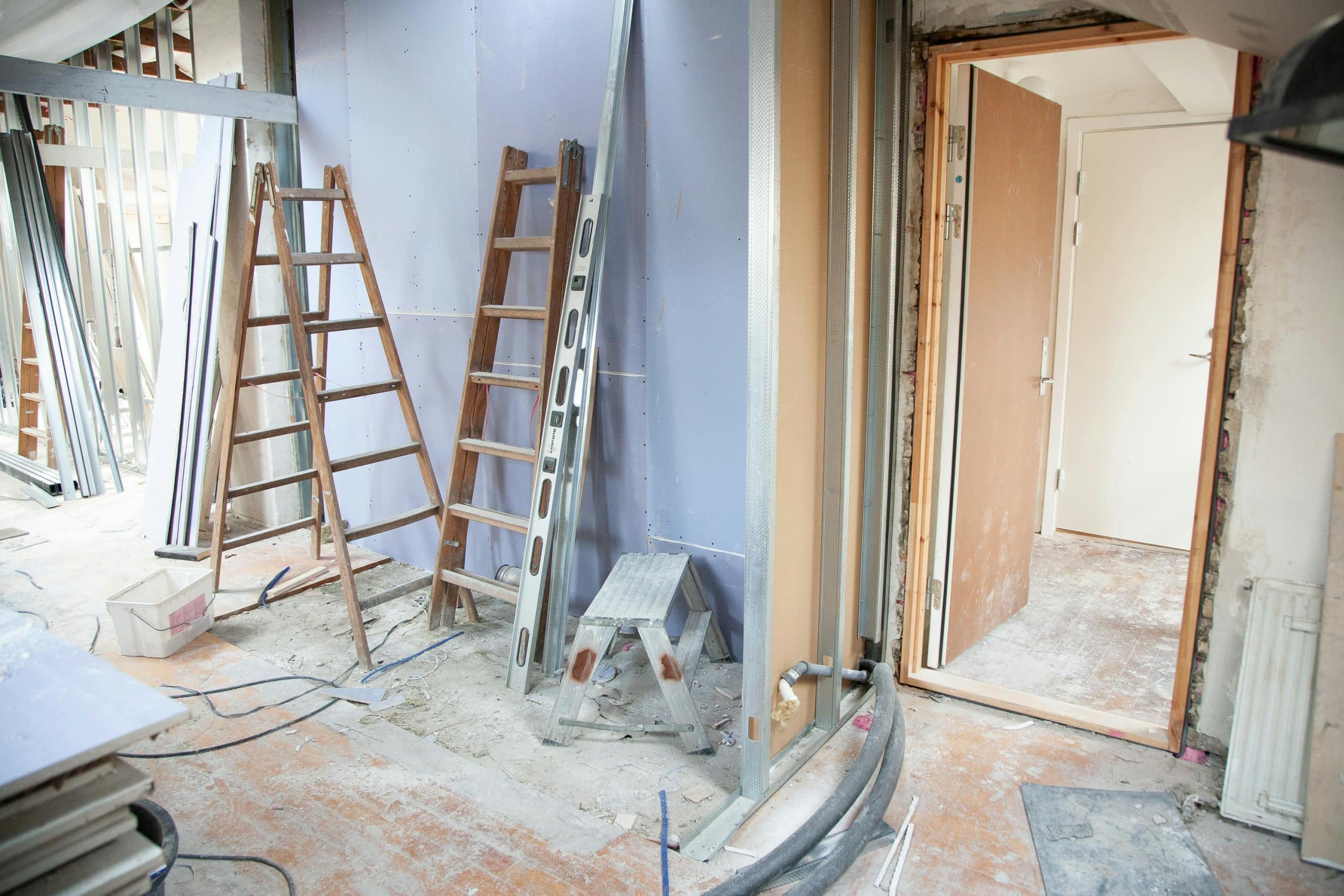Protection for Buyers of Flipped Homes.
October 10, 2025

A Paradox for Buyers.
As the housing stock in San Carlos and other communities along the Peninsula continues to age, investors are flocking into the market to snatch up these older homes with the intent of quickly renovating them and then reselling them for a profit, a practice commonly known as “flipping”.
These flippers are usually either builders or investors who have connections to the building trade. They never actually live in the house, and they almost always put the house back on the market in 18 months or less from the time that they purchased it.
These flipped homes create a bit of a paradox for prospective home buyers.
On one hand, they are stepping into a home that has been renovated to some degree, saving them the time and effort of doing it themselves, which is very attractive for many buyers.
On the other hand, flipped homes are usually not all new construction. The vast majority of flipped homes undergo just cosmetic improvements to only certain portions of the home, meaning there are new renovations mixed in with legacy construction from when the house was first built. For example, a flipped home may have an updated kitchen and new windows, but may also still have knob-and-tube wiring in the bedrooms, and perhaps some older galvanized water pipes — both of which you'd never see in a home that was built as new construction from the ground up.
Therefore, the challenge for a buyer who is interested in purchasing a flipped home is identifying just what has been updated and what hasn't. With any home, there's so much below the surface and behind the walls that you just can't see, and it's a common mistake for buyers to assume that everything in a flipped home has been updated, when it likely hasn't.
The quality of the renovations can vary all over the map as well. While I have seen some very nicely renovated homes, I've also heard countless horror stories from buyers of flipped properties about shoddy workmanship that cropped up not long after they moved in.
Until very recently, buyers of flipped properties didn't enjoy the same protection that buyers of truly new construction did. The SB800 New Construction Defect bill was designed to protect buyers of new construction homes against defects while also buffering the builders from frivolous lawsuits. But flipped homes are not considered new construction, so those protections do not apply.
Enter California AB-968.
Increased Transparency and Accountability.
On July 1 of 2024, California AB-968, aka the “Flipper Disclosure Bill”, was put into effect. This new law requires sellers of single-family homes that they've owned for less than 18 months to disclose contractor information for any alterations over $500, any associated permits, and details of the work performed to the buyer. The law aims to increase transparency by providing buyers with vital information about the renovations that were done to the house, helping to protect them from poorly done work and fraud.
The law is not limited to just flippers. Anyone who is selling a home that they purchased within 18 months must also comply with the law, regardless if they don't consider themselves flippers.
This is definitely a positive development for home buyers, but in all honesty, it's information that absolutely should have been provided anyway as part of the seller's disclosure obligations. But it's nice to have a law now that puts some teeth into this requirement.
If you're considering purchasing a flipped home, insist that your agent obtain any and all documentation about the work that was done to the home so that you can make a more educated decision if a flipped home is right for you.
Posted in: